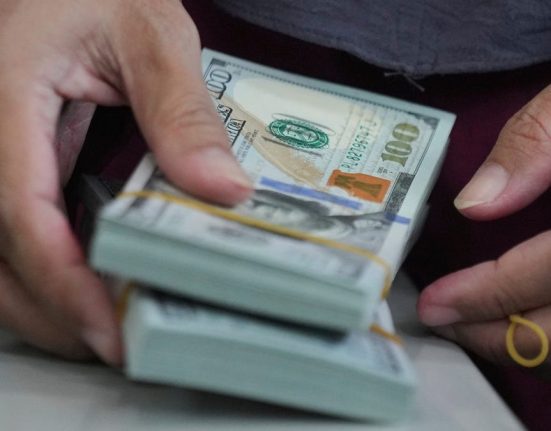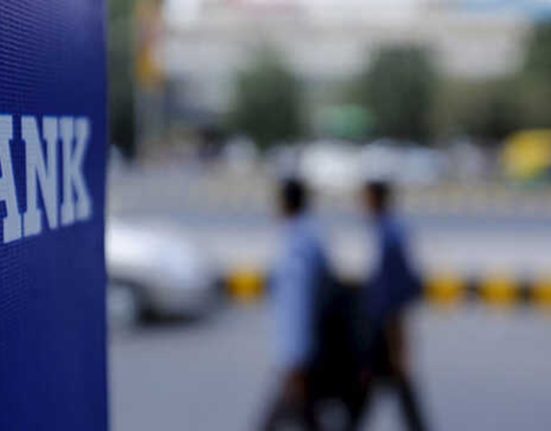EVANSVILLE — As Tri-State Food Bank volunteers and employees works to help feed underserved community members, they are also tasked with navigating the current ups and downs of federal funding.
The latest hurdle is in a cancelation about $500 million as a part of the Commodity Credit Corporation aspect of The Emergency Food Assistance Program. That money would be used across the country to assist food banks. Locally, the impact of that loss could equate to a $74,000 loss that would have covered administrative costs for Tri-State Food Bank, as well as up to 2 million pounds of food.
“We’re just in turbulent times right now,” Roberts said. “We’re getting stories of cuts and then the USDA will come in and help out. So it’s been a bit of a roller coaster ride, and I think it’s going to continue to be a roller coaster for the next year.”
The food in this program is purchased by the United States Department of Agriculture directly from farmers and food manufacturers.
“We are not having to broker those purchases; the USDA does that on our behalf,” Roberts said. “They send us the food at no cost. Then we distribute it to food pantries.”
The Emergency Food Assistance Program has been around since 1981, according to the USDA. It was initially aimed at reducing federal food surpluses and helping low-income residents. It got its current name under the 1990 Farm Bill.
“It is a system that works really well,” Roberts said. “… It’s a core way that food banks do business and get food to people.”
Roberts said the USDA recently announced it has $261 million its entitled to spend in bonus purchases. He said that will help mitigate the cut.
The Detroit Free Press reported that a statement from a USDA spokesperson said it has bought more than $300 million in “various poultry, fish, fruits, vegetables, and tree nuts” through its Section 32 fund. The Free Press reported the statement also shared the department approved the $261 million in these purchases to “provide even more fruits, vegetables, and tree nuts.”
Funding back for farm-to-food bank program after cut
As the Courier & Press previously reported, the food bank was hit hard when a federal grant that helped disadvantaged farmers and local communities was eliminated last month.
The Tri-State Food Bank received a $1.1 million grant in 2024 through the United States Department of Agriculture Local Food Purchase Assistance program. The food bank was preparing to have to cover $64,000 in money still owed to farmers when the program was also backdated to January.
Since that time, Roberts said, the USDA stepped in and said it does have the funding and the program will continue through June 30, when it would have ended anyway.
This means the program will continue until that date, delivering farm fresh products including everything from cabbage and bell peppers to whole turkeys and fresh eggs.
Roberts asks public to support the Farm Bill
Roberts said at the end of the year he believes Tri-State Food Bank will be short on federal funding, just like food banks all across the country. But they don’t know how much.
This means they will rely on more private support to fill the gap. The food bank will have to buy more food, which can be helped with monetary donations. Volunteers are also needed.
“We’re going to have a rocky year,” Roberts said. “But I have confidence we’ll get through it with support from the community.”
Another thing residents can do now, for the future, is support the Farm Bill, Roberts said. The Emergency Food Assistance Program is one program protected under the bill.
The Farm Bill is currently on an extension approved on Dec. 21, 2024, when the 2025 American Relief Act was signed into law. It extended the Agriculture Improvement Act of 2018, also known as the 2018 Farm Bill, through Sept. 30, 2025.
The bill also includes items for farmers like price safety-net programs and conversation programs.
“We have the opportunity to have a strong, bipartisan farm bill with stronger investment in nutrition programs like TEFAP,” he said. “We can start now. Start advocating to all your legislators and support a strong farm bill in September 2025.”
Hunger in Indiana, Vanderburgh County
According to Feeding America, one in seven people are facing hunger in Indiana. That number jumps to one in five when talking about children.
The organizations Mind the Meal Gap data, released in 2024 for 2022, shows nearly 27,000 people are food insecure in Vanderburgh County.
Of those people, Feeding America shows about 50% fall in the threshold for federal benefits like SNAP. The other 50% don’t meet income requirements.
The Tri-State Food Bank serves 33 counties across Indiana, Kentucky and Illinois.






